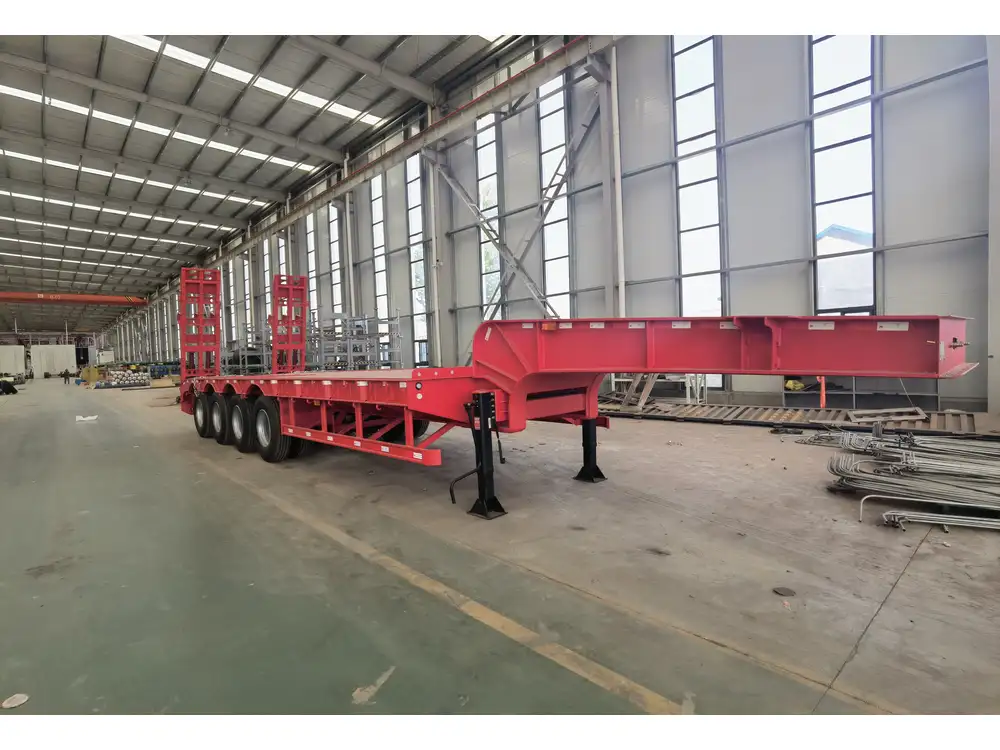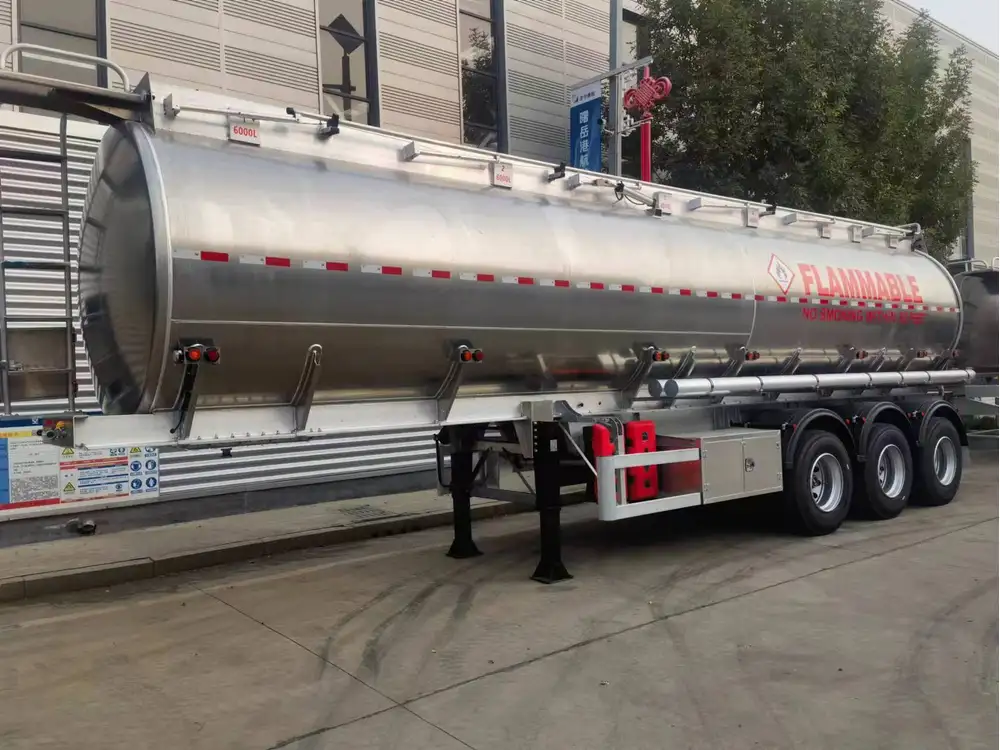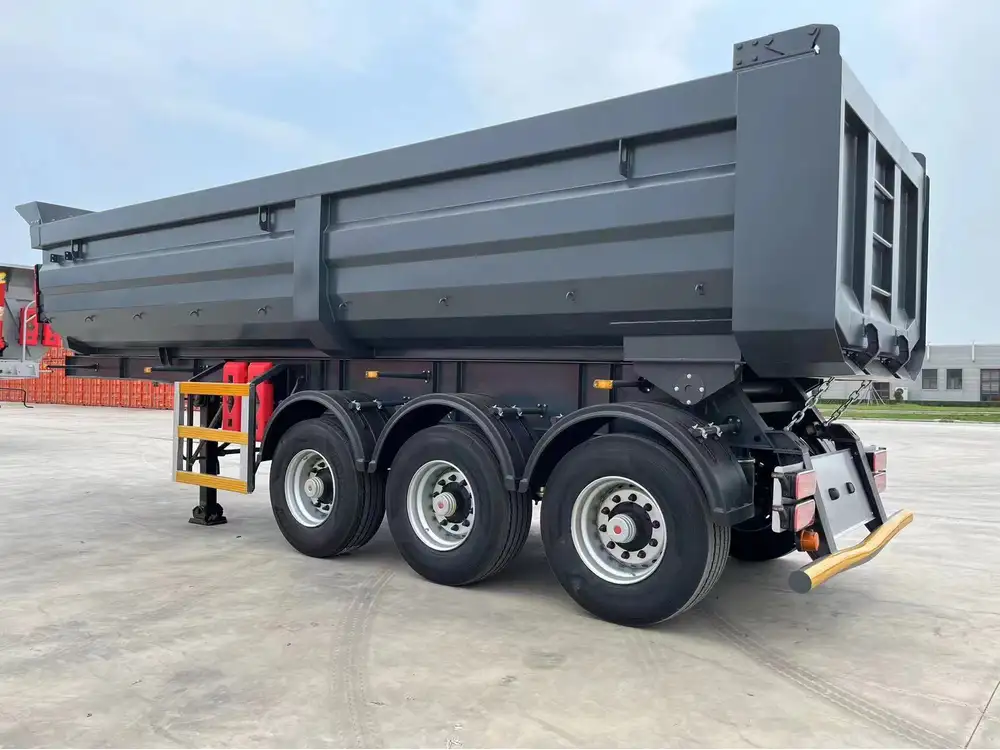When it comes to long-haul trucking, understanding the fuel capacity of an 18-wheeler is crucial for drivers, fleet managers, and logistics companies alike. Fuel efficiency and capacity directly impact operational costs, routing decisions, and overall efficiency. This article delves deep into the specifics surrounding the fuel tank capacities of 18-wheelers, offering valuable insights for your journey through the world of freight transportation.
Understanding the Basics: What Is an 18-Wheeler?
An 18-wheeler, also known as a semi-truck, consists of a tractor unit and a semi-trailer. This combination allows for the transport of heavy and voluminous cargo across long distances. 18-wheelers are pivotal to the freight industry, with fuel efficiency being a constant consideration for drivers and logistics planners.
Types of 18-Wheelers
Different types of semi-trucks can be classified based on their design and purpose, including:
- Flatbed Trucks: Used for transporting heavy machinery or construction materials.
- Refrigerated Trucks (Reefers): Designed for transporting perishable goods.
- Tanker Trucks: Specifically built for liquid transport, including fuel.
- Dry Vans: Enclosed trailers used for various goods.
Each type comes with different load requirements, which can influence fuel tank sizes.

Fuel Tank Capacities: How Many Gallons of Gas Does an 18-Wheeler Hold?
To address the core question, how many gallons of gas does an 18-wheeler hold? On average, the fuel tank capacity of most 18-wheelers ranges from 100 to 300 gallons. However, the exact figure can vary based on several factors:
- Truck Model: Different manufacturers and models have specifications that dictate tank size.
- Intended Cargo: Specialized trucks may feature larger or smaller tanks depending on their cargo needs.
- Regional Regulations: Some areas have specific regulations that may influence fuel capacities.
Standard Fuel Tank Sizes
| Truck Model | Tank Size (Gallons) | Notes |
|---|---|---|
| Freightliner Cascadia | 120 – 300 | Common for long-haul transportation |
| Kenworth T680 | 100 – 150 | Tailored for highway efficiency |
| Volvo VNL | 200 – 300 | Designed with varying capacities |
| Peterbilt 579 | 100 – 120 | Versatile with focus on fuel economy |
| Mack Anthem | 100 – 150 | Engineered for performance on highways |
Why Fuel Capacity Is Important
Understanding the fuel capacity of an 18-wheeler is pivotal for several reasons:
- Cost Efficiency: The more fuel an 18-wheeler can carry, the fewer stops are needed for refueling, thus saving time and money.
- Route Planning: Knowing how far a truck can travel on a full tank enables better route selection and ensures timely deliveries.
- Compliance and Regulations: Adhering to legal limits and industry standards is crucial to avoid fines and operational disruptions, particularly for interstate travel.

Average Fuel Consumption
The average semi-truck consumes about 6 to 8 miles per gallon of diesel. The fuel consumption rate can change based on several factors:
- Load Weight: Heavier loads require more fuel.
- Terrain: Hilly or mountainous regions demand more energy.
- Driving Habits: Speeding can dramatically reduce fuel efficiency.
Here’s a quick breakdown of how tank capacity aligns with fuel efficiency and range:
| Fuel Tank Capacity (Gallons) | Average MPG | Estimated Range (Miles) |
|---|---|---|
| 100 | 6 | 600 |
| 150 | 6 | 900 |
| 200 | 6 | 1,200 |
| 300 | 6 | 1,800 |
| 100 | 8 | 800 |
| 150 | 8 | 1,200 |
| 200 | 8 | 1,600 |
| 300 | 8 | 2,400 |
Factors Affecting Fuel Capacity
1. Manufacturer Variations
Different truck manufacturers produce models that can substantially differ in fuel tank size. Each brand has its unique design philosophy and engineering focus, leading to variations in fuel efficiency and utility.

2. Truck Modifications
Some trucking companies choose to modify standard trucks to suit their specific needs. These modifications can include larger fuel tanks for extended hauls or specialized tanks for unique cargo types.
3. Trailer Considerations
The type of trailer attached can also influence an 18-wheeler’s fuel efficiency. For instance, a flatbed truck carrying a heavy load may consume fuel differently than a light-load dry van truck.
Importance of Fuel Efficiency
Fuel efficiency is as crucial as capacity. The cost of diesel is a significant operational expense in the trucking industry, often accounting for about 30% of total expenses. Improving efficiency helps cut these costs. Techniques to enhance fuel efficiency include:
- Aerodynamic Trailers: Designing trailers that reduce drag can improve MPG.
- Regular Maintenance: Keeping engines and tires in optimal condition minimizes fuel consumption.
- Driver Training: Educating drivers on fuel-efficient driving practices can lead to significant savings.

Environment and Sustainability
With increasing pressures on the trucking industry to reduce its carbon footprint, understanding how fuel usage affects environmental sustainability is crucial. Fleet owners are encouraged to explore alternative fuels and technologies, such as:
- Biodiesel Fuel: A renewable alternative that can reduce greenhouse gas emissions.
- Electric Trucks: Although still emerging, electric semi-trucks are being developed for efficiency and sustainability.
Conclusion
Understanding how many gallons of gas an 18-wheeler holds is not merely an academic concern; it is a critical element of efficient logistics and operational planning. With tank sizes typically ranging from 100 to 300 gallons and average fuel consumption between 6 to 8 miles per gallon, stakeholders in the trucking industry must consider multiple factors, including model choice, route planning, and compliance with regulatory demands.
As the demand for efficiency and sustainability grows, so too do the opportunities for enhancing fuel use and exploring alternative energy sources in the freight industry. As technology evolves, strategies for improving fuel efficiency will only expand, benefiting both the bottom line and the environment.
By addressing these key considerations and taking into account the previously highlighted factors, drivers and fleet owners can make informed decisions that lead to more sustainable and cost-effective operations in the fast-paced realm of freight transportation.



